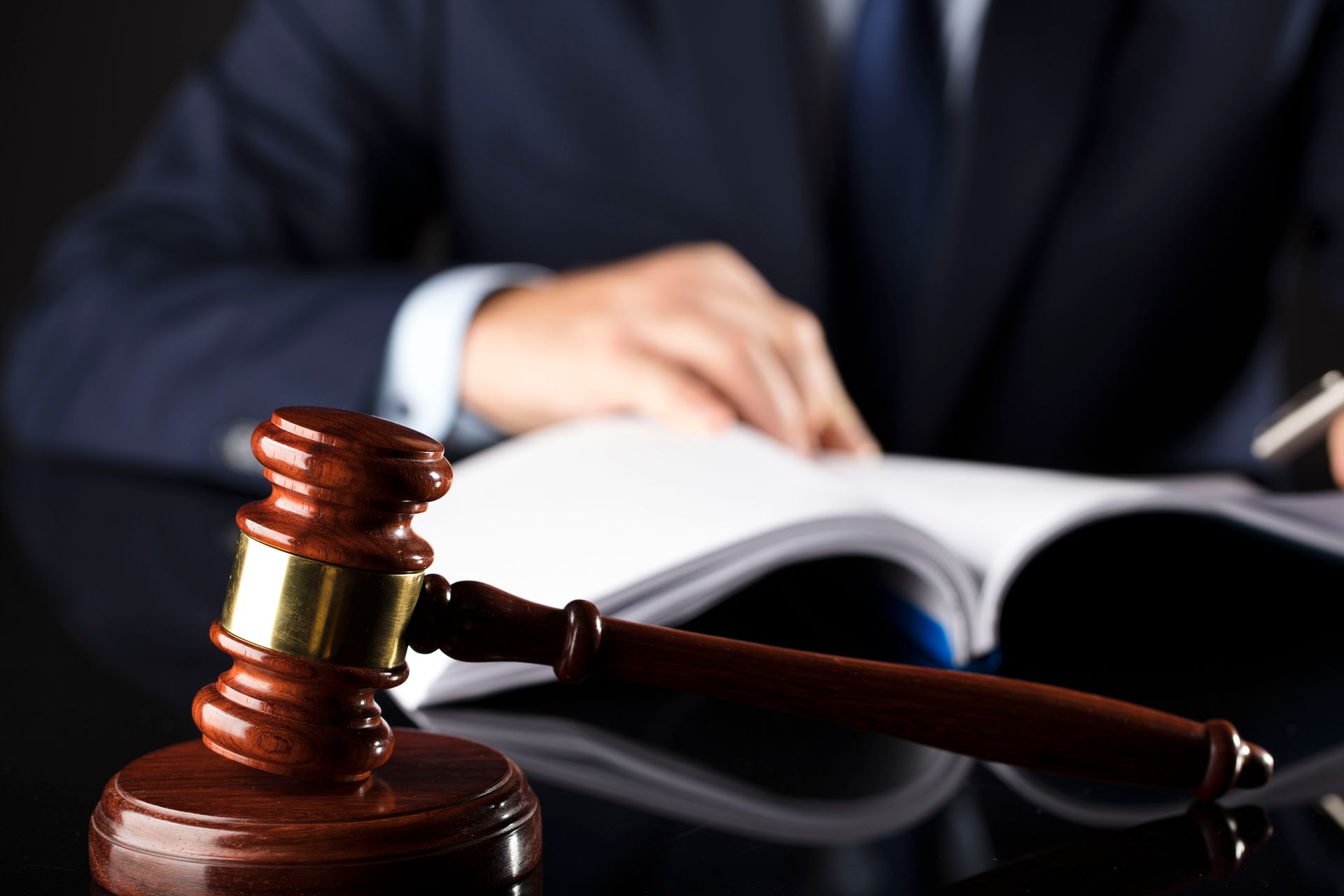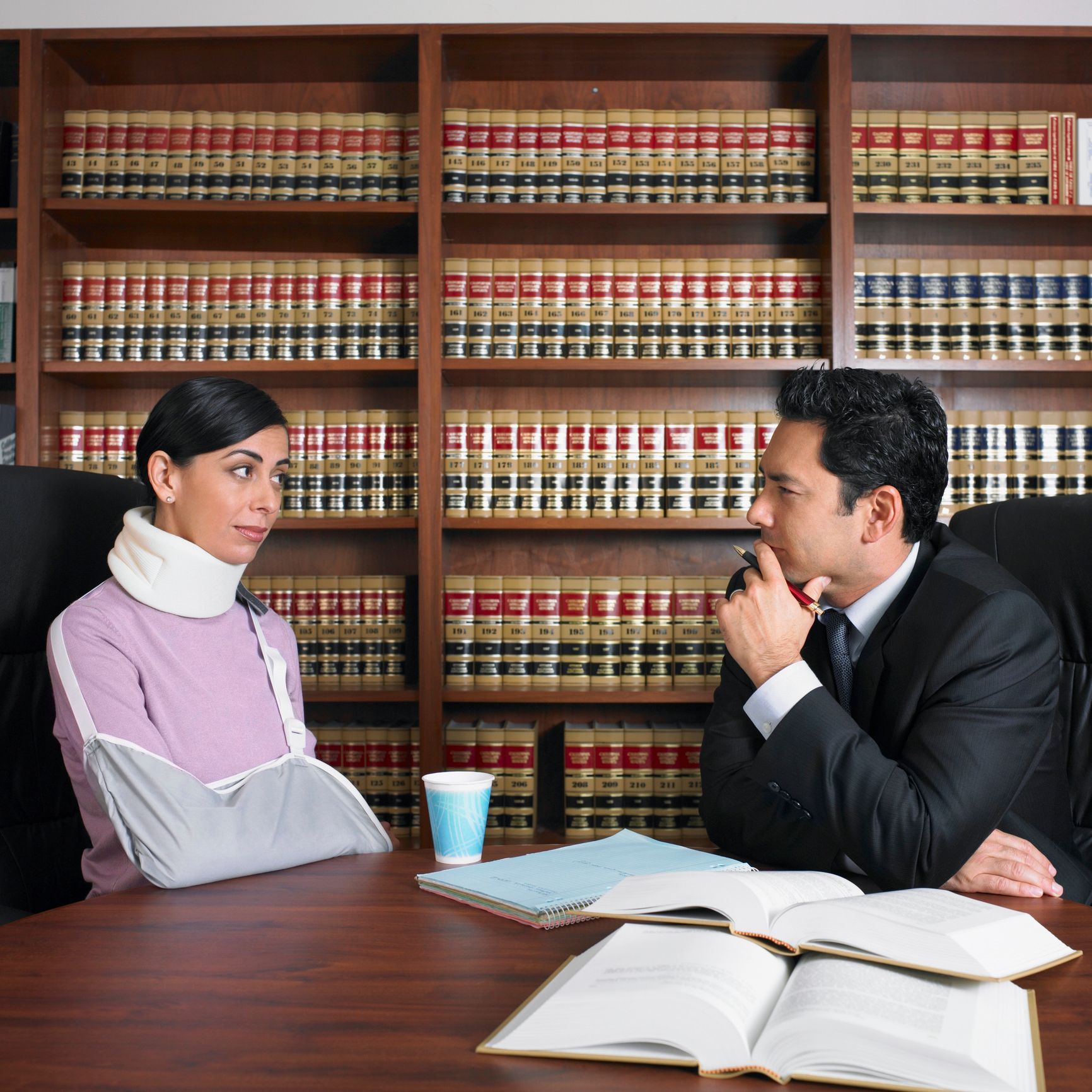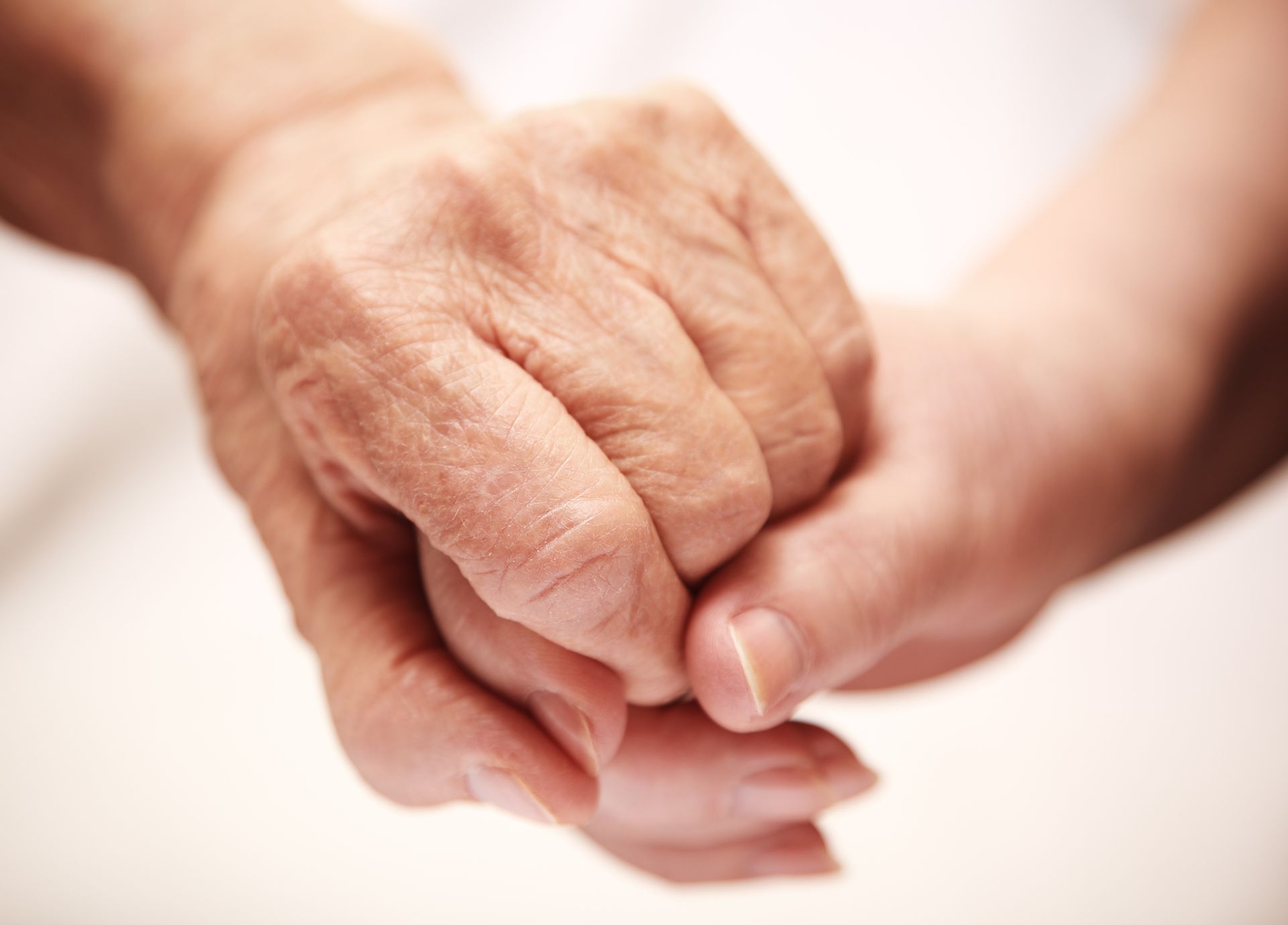Proving a Wrongful Death Case for a Drowned Victim
The loss of a loved one is always a profound tragedy, but when that loss is due to a preventable incident such as drowning, the emotional and legal complications can be immensely challenging. Proving a wrongful death case in the event of a drowning involves a detailed and methodical process. We are here to walk you through the critical steps necessary to establish a claim, from understanding the legal grounds to hiring the right lawyer.
Understanding Wrongful Death
Wrongful death occurs when an individual loses their life as a result of the negligent, reckless, or intentional actions of another party. In the case of drowning, this could involve circumstances such as inadequate supervision, unsafe swimming conditions, or lack of proper safety measures. Establishing wrongful death is crucial for holding the responsible parties accountable and obtaining compensation for the family of the deceased.
Key Elements of a Wrongful Death Case
Several key elements must be established to prove a wrongful death case including:
- Duty of Care: To establish liability, proving that the defendant had a duty of care towards the victim is crucial. This duty could arise from various scenarios, such as a lifeguard's responsibility at a pool, a property owner's obligation to upkeep safe premises, or a boat operator's duty to safeguard passenger well-being.
- Breach of Duty: It is crucial to demonstrate that the defendant failed to meet this duty of care due to negligent or reckless actions or inactions.
- Causation: There must be a direct causation between the defendant's breach of duty and the drowning incident. This means proving that the death would not have occurred if not for the defendant's actions or negligence.
- Damages: Finally, the plaintiff must demonstrate that the death has caused quantifiable damages, such as medical expenses, funeral costs, loss of future earnings, and emotional suffering of the family.
Gathering Evidence
The success of a wrongful death case heavily relies on the strength of the evidence presented. Collecting evidence might involve obtaining medical records, eyewitness testimonials, surveillance footage, and expert analysis. It is also essential to document the conditions surrounding the incident, including weather reports, maintenance records of the premises, or safety protocols that were in place.
Hiring a Lawyer
Navigating a wrongful death case requires extensive legal knowledge and experience. Engaging a skilled wrongful death attorney can significantly enhance the prospects of a successful claim. A proficient lawyer will help you gather substantial evidence, navigate the intricate legal framework, and advocate for your rights in court. During the initial consultation, discuss the attorney’s experience with similar cases, their approach to proving negligence, and the potential outcomes of your case.
The Role of Expert Witnesses
Expert witnesses play a pivotal role in substantiating the claims in a wrongful death case. These professionals might include medical experts, safety inspectors, or accident reconstruction specialists. Their testimony can provide authoritative insights into how the drowning occurred and who may be at fault.
Filing the Lawsuit
Once the evidence has been gathered and a lawyer has been hired, the next step is to file the wrongful death lawsuit. This involves drafting a complaint that outlines the allegations against the defendant and the basis for the lawsuit. The complaint must be filed within the statute of limitations, which varies by jurisdiction. Your lawyer will guide you through this process, ensuring all legal requirements are met.
Settlement vs. Trial
Numerous wrongful death cases find resolution through settlements, where parties agree on compensation without trial. Yet, if a fair agreement proves elusive, the case may advance to court. In a trial, each side articulates their arguments, and a judge or jury decides the verdict. It is imperative to enlist a seasoned attorney to present a persuasive case and enhance the likelihood of a favorable outcome.
Proving a wrongful death case for a drowned victim is undeniably complex and emotionally taxing. Yet, through meticulous preparation, gathering robust evidence, and hiring a knowledgeable lawyer, it is possible to establish a strong case. Holding the responsible parties accountable not only serves justice but also provides the bereaved family with financial support and closure. If you are faced with such a situation, seek legal counsel promptly to ensure your rights are protected and justice is served.
If you need help proving a wrongful death case caused by drowning, contact our team at Stawicki Anderson & Sinclair for more information.










